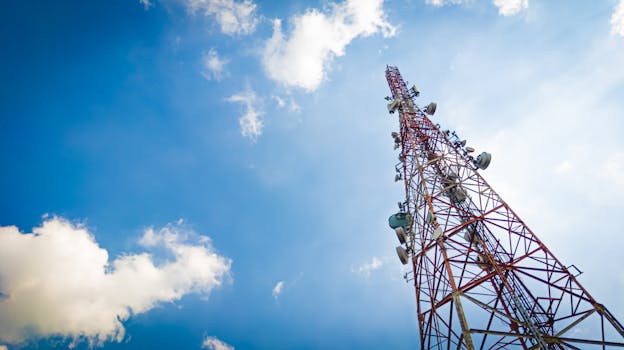
MEO Satellites: Revolutionizing Global Communication Systems
MEO satellites, or Medium Earth Orbit satellites, are revolutionizing the way we communicate globally. With their unique orbit and advanced technology, MEO satellites offer high-speed, low-latency connections and unparalleled coverage, making them an essential component of modern communication systems.
MEO satellites operate at an altitude of approximately 2,000 to 36,000 kilometers, which is lower than Geostationary Orbit (GEO) satellites but higher than Low Earth Orbit (LEO) satellites. This unique orbit allows MEO satellites to provide global coverage with fewer satellites, reducing the cost and complexity of the system. MEO satellites are ideal for applications that require high-speed, low-latency connections, such as broadband internet, mobile networks, and satellite navigation.
History and Development of MEO Satellites
The concept of MEO satellites dates back to the 1990s, when the first MEO satellite systems were proposed. However, it wasn’t until the early 2000s that the first MEO satellite systems were launched. One of the pioneers in MEO satellite technology is the O3b Networks, which launched its first satellites in 2013. O3b’s MEO satellite system provides high-speed, low-latency connections to remote and underserved communities around the world.
Today, MEO satellites are used by a variety of organizations, including satellite operators, mobile network operators, and government agencies. The use of MEO satellites is expected to continue to grow, driven by the increasing demand for high-speed, low-latency connections and the need for global coverage.
Benefits and Applications of MEO Satellites
MEO satellites offer a range of benefits and applications, including:
High-speed, low-latency connections: MEO satellites provide high-speed connections with latency as low as 50 ms, making them ideal for applications that require real-time communication, such as video conferencing and online gaming.
Global coverage: MEO satellites can provide global coverage, including remote and underserved areas, making them an essential component of modern communication systems.
Cost-effective: MEO satellites are more cost-effective than traditional GEO satellites, requiring fewer satellites to provide global coverage.
Flexibility: MEO satellites can be used for a variety of applications, including broadband internet, mobile networks, and satellite navigation.
Challenges and Future Developments
Despite the many benefits and applications of MEO satellites, there are also challenges and future developments to consider. One of the main challenges facing MEO satellites is interference from other satellite systems, which can impact the performance and reliability of the system.
To address these challenges, researchers and developers are working on new technologies and innovations, such as advanced antenna systems and interference mitigation techniques. Additionally, there is a growing interest in the use of MEO satellites for 5G and 6G networks, which will require even faster and more reliable connections.
In conclusion, MEO satellites are transforming the way we communicate globally, offering high-speed, low-latency connections and unparalleled coverage. With their unique orbit and advanced technology, MEO satellites are an essential component of modern communication systems, and their use is expected to continue to grow in the coming years.





